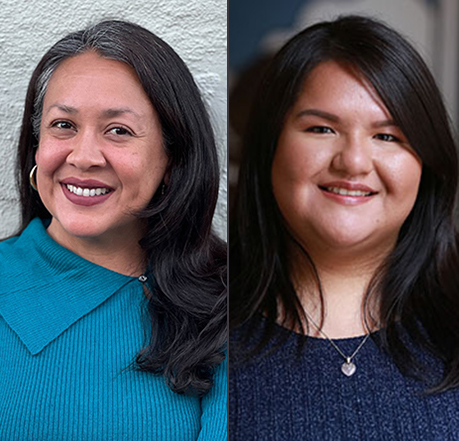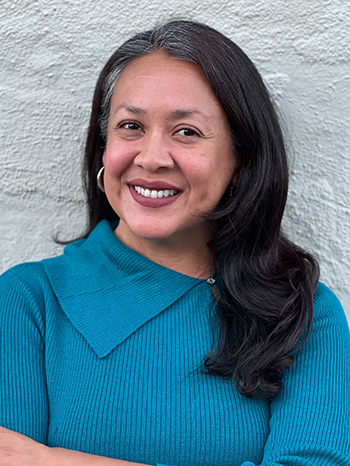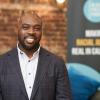Member Spotlight with Glen Galaich: On Being Persistent and Adaptive
These past months, we've found ourselves returning to the same question: are our plans still serving their purpose or is there a greater opportunity made possible by the crises in which we find ourselves?
We asked NCG's board, staff, and membership to weigh-in on how they're balancing this question. We'll publish their reflections in the months to come in this series on persistence and adaptivity. Glen Galaich of the Stupski Foundation kicks us off with insights, confessions from his consulting years, and a look at what he’s paying special attention to right now.
How do we balance sticktoitiveness (staying focused on things that mattered before and will continue to matter) and adaptivity (prioritizing for moments when great change is possible)?
After about two weeks in shelter-in-place, one of my board members shared the most important feedback I received throughout this pandemic. Lamenting his experience as a grantmaker during the Great Recession, he wanted me to learn from recent history and avoid making the same mistakes. He counseled me to pay close attention to staff members and grantees that seek opportunities in, and recognition of, the world that will emerge from this crisis. With our changing world in mind, he encouraged me to beware of those who seek to “get back to normal” and hold onto legacy programs and initiatives that may no longer fit. He shared that he could see opportunities and new practices surfacing from the Great Recession, however, he did not embrace all of them. Instead, in some cases, he chose to protect staff and programs that had been a core part of their grantmaking for years.
His guidance propelled me to change our approach at the Stupski Foundation to be more responsive. I started by learning more about adaptive leadership and seeking transition in the midst of the pandemic. We have seen so many gaps, inequities, and other barriers in American society widen due to the pandemic, so at Stupski we made the decision to utilize this disruptive period to reevaluate our goals and seek ways to be responsive while honoring our existing commitments. To do this, we’re evaluating our grantmaking practices by using an inclusive and equitable lens. Our hope is that in doing this we will avoid unintended consequences in our philanthropy, especially coming through a crisis like this.
What are you hearing from the region’s philanthropy and the broader partner community on what matters most right now?
I have been inspired by foundation leaders with years of experience working on equity and inclusion. Obviously, there is much excitement in this community because now, after many years of work to raise the volume and understanding of white supremacy culture, their work is in the spotlight in this time of racial reckoning. It’s encouraging to see that rather than sticking to historically conservative approaches, many prominent foundations have leaned into racial justice through funding movement building and organizing. At the Stupski Foundation, we’re early on in this journey because we focused the past few years of our grantmaking on funding direct service programs and innovative tools. In our next phase of work, we are motivated to lean into the approaches from experienced equity funders to ensure that the long-term work of racial justice and equity continues after the cameras and the headlines disappear.
What’s one thing you’ve learned about yourself as you pursue your work through the pandemic and the uprising?
I have learned that I have much work to do to be an adaptive leader. Quite honestly, I have not thought much, or paid much attention to the literature, about leadership before now. From when we started our equity journey at Stupski in May 2019, to when the pandemic hit and calls for racial equity intensified, I recognized that I had not put in the time to understand what it takes to be an adaptive leader for my organization. I now see it as a critical part of the work I must do in order to create a supportive container in which my team can experiment, work through conflict, and collaborate on responsive solutions to systemic problems that we see more clearly than ever because of the pandemic. I have a long way to go, but I’m energized and grateful for what the experience has taught me thus far.
What are you seeing in the field that excites you?
After two decades focused on topics like strategic philanthropy, social entrepreneurship, and impact investing, it’s nice to see the shift over the past couple of years to new models like Trust-Based Philanthropy that focus on community voice, accountability, and equity. I really cannot get enough of this kind of work. Frankly, after year upon year of strategy books from primarily white guys who work, or formerly worked, at consulting firms or investment shops, it’s nice to see a growing number of voices from people with lived experience with the challenges to which philanthropy is often drawn.
I feel some responsibility for missing the boat on community-centered philanthropy as I used to lead a donor education program that focused on top-down strategic approaches, and I read and obsessed over all of the books. And, while there is a great deal to learn from these approaches and books, most miss the critically important tool of an equity lens. At the core of an equity lens are the key questions that every philanthropist should ask when deploying a strategy, “who benefits?” and “who decides?” If you cannot say that you have engaged the stakeholders most affected by your philanthropy when answering those two questions, I am convinced that you will do more damage with your giving than benefit. I believe that the reason philanthropy routinely comes up short is that the sector, writ large, has not applied an equity lens to our giving (and, more important, to our endowments). I am excited to learn more about how to engage community, assess our own strategies through an equity lens, and ally with leaders seeking racial equity.






